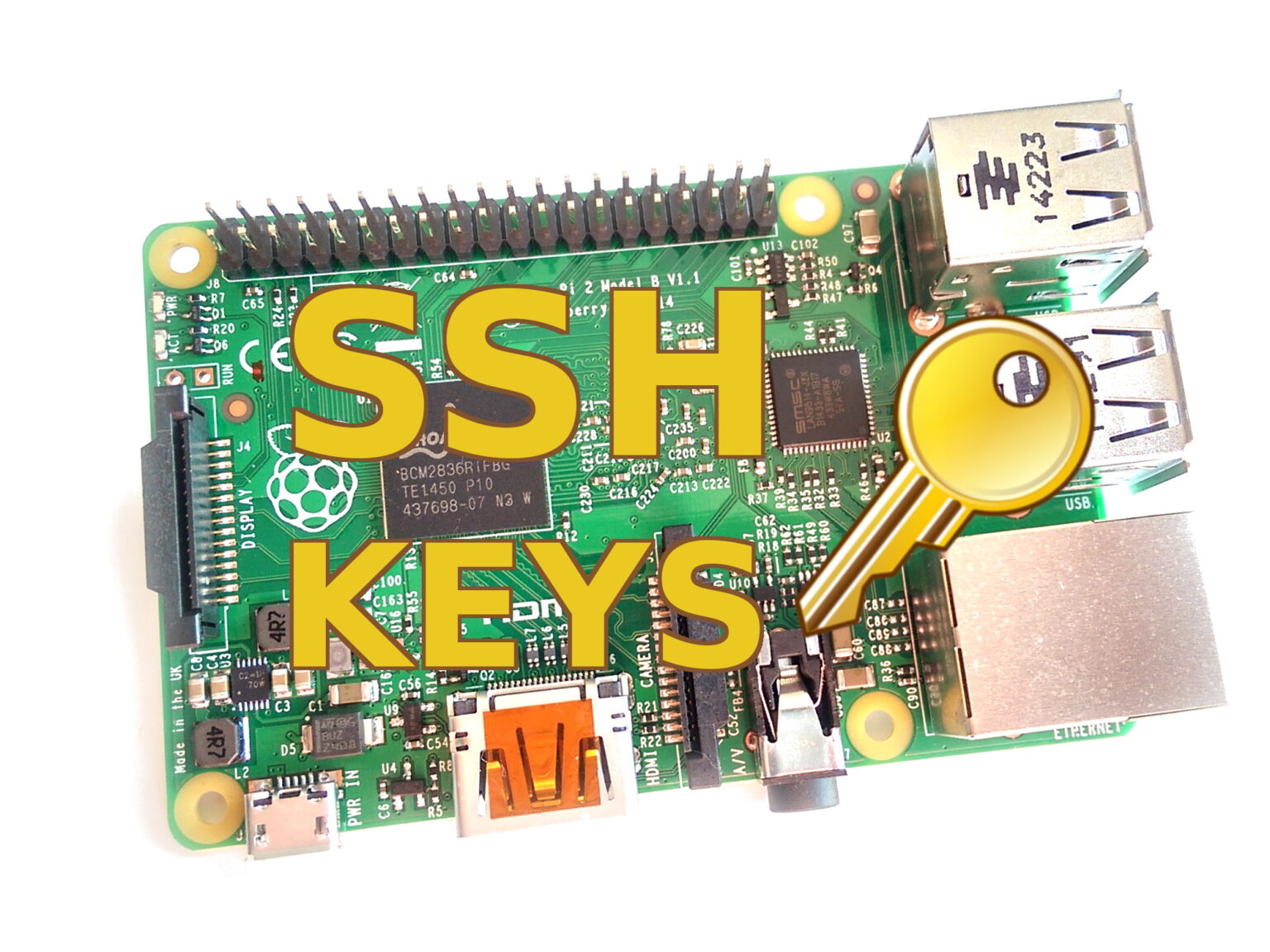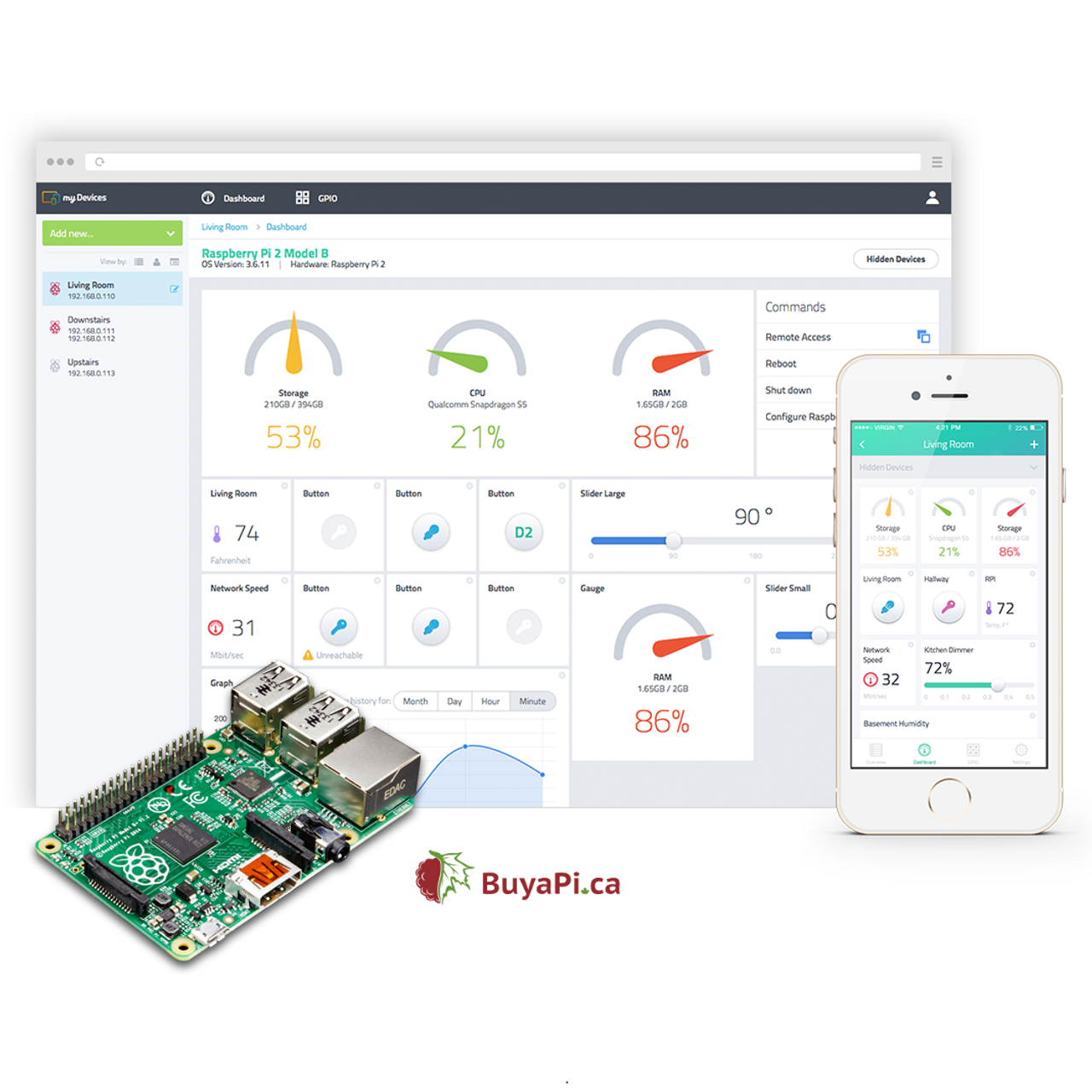Free RemoteIoT Platform SSH Key Raspberry Pi Download: Your Ultimate Guide
Are you tired of spending countless hours searching for the perfect IoT platform that offers free remote access? Well, buckle up because we’re diving deep into the world of RemoteIoT platforms, SSH keys, and Raspberry Pi downloads! If you’re a tech enthusiast or someone just getting started with IoT projects, this guide is your golden ticket to mastering the art of setting up a secure and cost-effective remote IoT system.
Let’s face it – the Internet of Things (IoT) is not just a buzzword anymore; it’s a necessity. Whether you're managing smart homes, automating industrial processes, or simply tinkering with hobbyist projects, having a reliable platform to remotely access your devices is crucial. And guess what? You don’t need to break the bank to do it. With free remote IoT platforms like Raspberry Pi, combined with SSH keys for secure connections, you’re good to go.
In this article, we’ll walk you through everything you need to know about downloading and setting up a free remote IoT platform using SSH keys on your Raspberry Pi. From understanding the basics to advanced tips, we’ve got you covered. So, grab your favorite beverage, sit back, and let’s get started!
- Vivi2freaky Nude Leak The Truth Behind The Viral Sensation
- My Desinet The Ultimate Guide To Exploring Indian Culture And Beyond
Table of Contents
- Introduction to Free RemoteIoT Platforms
- What is Raspberry Pi?
- Understanding SSH Keys
- Step-by-Step Setup Process
- Top Free RemoteIoT Platforms
- How to Download and Install
- Security Tips for Your IoT System
- Common Issues and Troubleshooting
- Real-World Use Cases
- Conclusion
Introduction to Free RemoteIoT Platforms
Alright, let’s start with the basics. A remote IoT platform allows you to control and monitor IoT devices from anywhere in the world. Imagine being able to adjust the thermostat in your home while you’re on vacation or checking the status of your factory equipment without stepping foot inside. Sounds cool, right? But here’s the kicker – you can achieve all of this without spending a dime if you use the right tools.
A free remote IoT platform typically includes software that enables communication between your devices and a central server. The server acts as a bridge, allowing you to send commands and receive data remotely. One of the most popular tools for this is Raspberry Pi, which we’ll discuss in detail later.
Now, why should you care about SSH keys? Think of them as digital keys that lock and unlock your IoT system. They ensure that only authorized users can access your devices, adding an extra layer of security. This is especially important when dealing with sensitive data or critical infrastructure.
- Uche Ojeh Illness Unveiling The Truth Behind The Health Challenges
- Why Vegamovies Nl 3 Is Revolutionizing The Streaming Experience
What is Raspberry Pi?
Raspberry Pi: The Heart of Your IoT Projects
Raspberry Pi is more than just a tiny computer; it’s a game-changer for IoT enthusiasts. This credit-card-sized device packs a punch with its powerful processor, GPIO pins, and compatibility with a wide range of software. Whether you’re building a weather station, a home automation system, or even a robot, Raspberry Pi has got you covered.
Here’s the best part – Raspberry Pi is affordable! You can get one for as little as $35, making it accessible to hobbyists and professionals alike. Plus, its open-source nature means you can customize it to suit your specific needs.
But how does Raspberry Pi fit into the world of remote IoT platforms? Simple – it acts as the brain of your system. By connecting it to the internet and installing the necessary software, you can control your IoT devices from anywhere in the world.
Understanding SSH Keys
What Are SSH Keys and Why Do You Need Them?
SSH keys are like digital passports that allow you to securely access your Raspberry Pi or any other remote server. They replace traditional passwords, which can be easily guessed or hacked, with a more secure authentication method. Here’s how they work:
- Public Key: This is shared with the server and acts as a lock.
- Private Key: This is kept secret on your device and acts as the key to unlock the server.
When you try to connect to your Raspberry Pi via SSH, the server checks if your public key matches the private key. If they match, you’re granted access. It’s like having a secret handshake that only you and the server know.
SSH keys also offer convenience. Once set up, you won’t need to enter a password every time you log in. Just make sure to keep your private key secure – losing it is like losing the keys to your house!
Step-by-Step Setup Process
Setting Up Your Raspberry Pi with SSH
Now that you understand the basics, let’s dive into the setup process. Follow these steps to get your Raspberry Pi up and running with SSH:
- Install Raspberry Pi OS: Download the Raspberry Pi Imager and install the latest version of Raspberry Pi OS on an SD card.
- Enable SSH: Create a file named "ssh" (without any extension) in the boot partition of the SD card. This will enable SSH on your Raspberry Pi.
- Connect to Wi-Fi: Create a file named "wpa_supplicant.conf" in the boot partition and add your Wi-Fi credentials.
- Power On: Insert the SD card into your Raspberry Pi and power it on.
- Find IP Address: Use a network scanner or check your router’s DHCP client list to find the IP address of your Raspberry Pi.
- Connect via SSH: Open a terminal or SSH client and enter the command
ssh pi@. The default password is "raspberry".
Once you’re connected, you can start configuring your IoT platform. It’s as simple as that!
Top Free RemoteIoT Platforms
Your Options for Free and Reliable IoT Platforms
Now that your Raspberry Pi is ready, it’s time to choose a remote IoT platform. Here are some of the best free options available:
- Adafruit IO: A user-friendly platform with a drag-and-drop interface, perfect for beginners.
- ThingsBoard: A powerful open-source platform that supports advanced features like data analytics and visualization.
- Freeboard: A lightweight platform that allows you to create custom dashboards for your IoT devices.
- Node-RED: A visual programming tool that integrates seamlessly with Raspberry Pi and supports a wide range of IoT protocols.
Each platform has its strengths and weaknesses, so choose the one that best fits your project requirements. And remember – since they’re free, you can always experiment with multiple platforms to see which one works best for you.
How to Download and Install
Getting Started with Your Chosen Platform
Once you’ve decided on a platform, it’s time to download and install it on your Raspberry Pi. Here’s a general guide to get you started:
- Download the Software: Visit the platform’s official website and download the installation package for Raspberry Pi.
- Install Dependencies: Use the terminal to install any required dependencies. For example,
sudo apt-get update && sudo apt-get install nodejs npmfor Node-RED. - Run the Installation Script: Follow the platform’s installation instructions to set it up on your Raspberry Pi.
- Access the Dashboard: Open a web browser and enter your Raspberry Pi’s IP address followed by the platform’s port number (e.g.,
http://for Node-RED).:1880
And just like that, you’re ready to start building your IoT projects!
Security Tips for Your IoT System
Keep Your Devices Safe and Secure
With great power comes great responsibility. As you dive deeper into the world of IoT, it’s important to prioritize security. Here are some tips to keep your system safe:
- Change Default Passwords: Never leave the default "raspberry" password unchanged. Create a strong, unique password for your Raspberry Pi.
- Use SSH Keys: As we discussed earlier, SSH keys provide a more secure authentication method than passwords.
- Enable Firewall: Use tools like ufw (Uncomplicated Firewall) to restrict access to your Raspberry Pi.
- Keep Software Updated: Regularly update your operating system and platform software to patch any security vulnerabilities.
By following these tips, you can ensure that your IoT system remains secure and protected from potential threats.
Common Issues and Troubleshooting
Solving Problems Before They Become Headaches
Even the best-laid plans can go awry sometimes. Here are some common issues you might encounter and how to fix them:
- Can’t Connect via SSH: Double-check your IP address and ensure that SSH is enabled on your Raspberry Pi.
- Platform Not Working: Make sure all dependencies are installed and the platform’s service is running.
- Slow Performance: Consider upgrading your Raspberry Pi model or using an external SSD for storage.
Remember, troubleshooting is part of the learning process. Don’t get discouraged if things don’t work perfectly the first time. Keep experimenting and you’ll eventually get it right.
Real-World Use Cases
How RemoteIoT Platforms Are Changing the Game
The possibilities with remote IoT platforms are endless. Here are some real-world use cases to inspire your next project:
- Smart Homes: Control lighting, temperature, and security systems from anywhere.
- Agriculture: Monitor soil moisture, weather conditions, and crop health remotely.
- Healthcare: Track patient vitals and alert caregivers in real-time.
- Industrial Automation: Manage factory equipment and optimize production processes.
These examples barely scratch the surface of what’s possible with IoT. The only limit is your imagination!
Conclusion
There you have it – a comprehensive guide to free remote IoT platforms, SSH keys, and Raspberry Pi downloads. By following the steps outlined in this article, you can set up a secure and cost-effective IoT system that meets your needs. Remember to prioritize security, experiment with different platforms, and don’t be afraid to troubleshoot when things go wrong.
So, what are you waiting for? Dive into the world of IoT and start building your dream projects today. And don’t forget to share your experiences and creations with the community. Happy tinkering!
- 3 Body Problem Download In Hindi Mp4moviez The Ultimate Guide
- Lamar Chairez Leaked Onlyfans What You Need To Know

Free Raspberry Pi SSH Access RemoteIoT Platform Guide

Unlocking The Power Of Remote IoT Platform SSH Key On Raspberry Pi For Free

FREE Remote IoT Platform SSH For Raspberry Pi Download Now!